GALLERY MANAGEMENT
MONDAYS & WEDNESDAYS
5 PM PT / 8 PM ET
23 MAR 2026 - 29 APR 2026
DURATION:
6 WEEKS
MONDAYS & WEDNESDAYS
5 PM PT / 8 PM ET
Dive into the colorful world of art! Learn essential skills in gallery operations, artist management, and exhibition curation.
Gain first-hand industry knowledge from Andrew Wingert, Exhibitions Manager at Pace Gallery, to thrive in this vibrant field.
THIS COURSE IS FOR YOU, IF...
-
YOU ARE A GALLERY ASSISTANT, ASPIRING GALLERIST, ART GRADUATE, OR JUNIOR CURATOR
Relatively new to this world? That’s okay! We’ll build on your current knowledge of the industry and help you develop foundational skills in pricing strategies, exhibition planning, and legal compliance to excel in the art field.
-
YOU ARE INTERESTED IN PIVOTING TO THE ART FIELD
Transform your passion for art into a flourishing career! Our gallery management course will equip you with essential skills, from building relationships within the art world to developing effective marketing strategies to transition successfully.
Our students work in 1600+ companies worldwide
Learn from real-world examples of famous exhibitions, ethical concerns, and marketing strategies. Gain practical knowledge on artist rosters, art fairs, and auction sales.
Create a comprehensive gallery exhibition and management plan that demonstrates your grasp of everything from artist selection to marketing strategies. This project is your chance to showcase industry-ready skills and build your professional portfolio.
Discover how to build industry connections, develop a professional portfolio, and set career goals to seamlessly transition from this course to the real world.
ANDREW WINGERT
LINKEDIN PROFILE- Exhibitions Manager, Pace Gallery
- Has over 15 years of experience in New York City’s art galleries, including exhibition, art fair and artist management, artwork production, and logistics and sales.
- Produced several exhibitions, including Picasso: 14 Sketchbooks at Pace Gallery, NY (Nov-Dec 2023), Mary Corse: Presence in Light at Pace Gallery, NY (Sept-Oct 2024), and Adam Pendleton: An Abstraction at Pace Gallery, NY (May-Aug 2024).
- Worked multiple notable art fairs, including Art Basel Miami, Paris Photo, The Armory Show, Art Brussels, and Photo London.

Meet your instructor, get a glimpse of his coolest projects, and see what exciting things we’ll be tackling together in the weeks ahead. Plus, you'll get all the details on assignments and have a chance to ask any burning questions.
- Instructor introduction
- General housekeeping
- Assignment overview
- Q&A
Assignment #0: Getting to Know You
Introduce yourself and share your artistic interests.
In this first class, you'll explore the ins and outs of gallery life, uncovering the roles, responsibilities, and cultural impact galleries have on artists, collectors, and the public. By the end, you'll know what makes galleries tick and how they differ from museums — all the essentials about the art ecosystem.
- Art gallery structure & roles
- Types of art galleries: Commercial, non-profit
- The power of perception
- Discussion: The current state of galleries
Explore how artists and galleries work together, uncover what gallery representation actually means, and understand the art of building long-lasting connections with clients, collectors, and curators.
- The artist & gallery relationship
- Artist management
- Cultivating artist careers
- Collectors, cultural institutions, curators, and writers
- Workshop: Play out a provided scenario
Assignment #1: ArtReview “Power 100” Analysis
Review the ArtReview “Power 100” and share your insights on key takeaways and observations.
Learn what galleries really look for. From spotting emerging talent to balancing artistic vision with commercial appeal, you’ll develop your own curatorial eye and explore how to pick artists who resonate — and sell.
- Developing a curatorial vision
- Balancing artistic merit & commercial viability
- How to evaluate portfolios: Feedback for artists
- Identifying talents & attracting established artists
- Case Study: Select an artist and track their career trajectory
Assignment #2: Gallery Roster Exploration & Artist Evaluation
Examine an art gallery’s roster of artists and summarize in 2-3 sentences how their works complement each other.
Explore effective pricing strategies and sales techniques. From building connections with collectors to understanding art as an investment, this class is all about giving you the know-how to navigate — and thrive in — the art market.
- Art market & trends
- Artwork pricing, sales & strategies
- Storytelling
- The role of an art advisor
- Investment & sales tax
- 2024 art market review
- Case Study: Art Basel Miami/Recent art fair or auction results
Assignment #3: Auction Analysis
Analyze a recent contemporary or post-war auction sale, highlighting intriguing aspects based on the provided article.
In this class, you'll learn the ins and outs of planning a successful show — from collaborating with artists and planning layouts to creating timelines for production and installation. By the end, you'll have the skills to bring an exhibition from concept to opening night, complete with all the essentials like signage, lighting, and even a collector’s dinner.
- Artist concept & exhibition goals
- Planning, scheduling & budgeting
- Visualizing an exhibition
- Construction plan, 3D models, drawings
- Production meeting & other items
- Demo: Presenting an installation timeline
- Opening reception & collector/artist dinner
[Optional] Assignment #4: Exhibition Visit Reflection
Visit an online or nearby exhibition and share your thoughts about its theme, presentation style, artworks’ sales potential, and audience engagement strategies.
Get the inside scoop on art fairs — from their fascinating history to the nuts and bolts of planning, logistics, and making the right connections. Discover what makes art fairs work, why they matter to the art world, and learn tips to stand out among collectors, galleries, and fellow artists.
- Art fair overview
- Planning
- Trends
- Sales strategies
- Challenges & risks
This class will give you the know-how to ship, store, and insure artworks. Learn how to choose the right shipping method, understand customs, and control storage conditions – gain practical skills to keep valuable pieces safe on their journeys.
- Artwork shipping: Methods, vendors, types, insurance, and more
- Storage: Environmental conditions, inventory management, record keeping
- Case Study: Analyze one international shipment of artworks
Learn the essential techniques and best practices for art handling and installation. From packing to rigging, you’ll learn how to protect and present every piece, making sure each artwork shines in the gallery.
- Art handling & its role, installation overview & techniques
- Types of artwork & packing
- Condition reporting
- Rigging for large sculptures
- Risks, damage & safety concerns
Learn how to build a gallery's brand, craft buzz-worthy marketing strategies, and make an impact online and in the press. From social media to media outreach, you'll explore real-world examples and tools that keep top galleries like Zwirner on the cutting edge.
- Brand development
- Marketing strategies
- Social media marketing
- Online presence
- Press outreach
Assignment #5: Marketing Strategy Development
Devise a marketing strategy for a proposed exhibition. Identify your audience, outreach methods, narrative, spokesperson, engagement tactics, and content ideas.
Get ready to dive into the sticky (but crucial) side of the art world. In this class, we’ll break down the legal and ethical issues artists, galleries, and dealers face daily, from art fraud to pricing transparency. You'll leave with the knowledge to navigate the art market responsibly while keeping it creative and above board.
- Ethical considerations in art sales
- Provenance & authenticity
- Art fraud, art theft, and looted art
- Market fixing & pricing transparency
- AI & intellectual property rights
Explore how commercial galleries can lead the charge in promoting diversity, equity, and inclusion while making a positive splash in their communities and the environment.
- Trends in representation
- Educational outreach
- Community engagement
- Carbon footprint reduction
- Discussion: Recent events and social responsibility
In the final class, you’ll discover the practical tips and tricks for navigating the commercial art world, polishing your resume, and mastering networking. Map out your career goals and equip you with the resources to turn your passion into a thriving profession.
- Career pathways & advice
- Professional development
- Networking strategies
- Setting career goals
- Questions & feedback
- Resume review
Assignment #6: Self-Reflection and Goals
Identify your strengths, weaknesses, passions, and desired roles in the art world (e.g., curating, gallery management). Then set clear short-term and long-term goals with a step-by-step plan.
Final Project: Comprehensive Gallery Exhibition & Management Plan
Create a detailed plan that includes:
- Artist Selection: Choose 2-3 artists, explaining your interest and your marketing approach.
- Outreach Letters: Draft letters promoting the artists to two influential collectors, inviting them to the gallery.
- Target Audience and Sales Opportunities: Identify the market and potential buyers for the artists' work.
- Exhibition and Art Fair Ideas: Propose exhibition concepts and art fairs, detailing presentation and reasoning.
- Marketing Opportunities: Outline promotional strategies and audience engagement ideas.
- Ethical Considerations: Discuss any social, ethical, or diversity factors that may impact your presentation.
What our students say
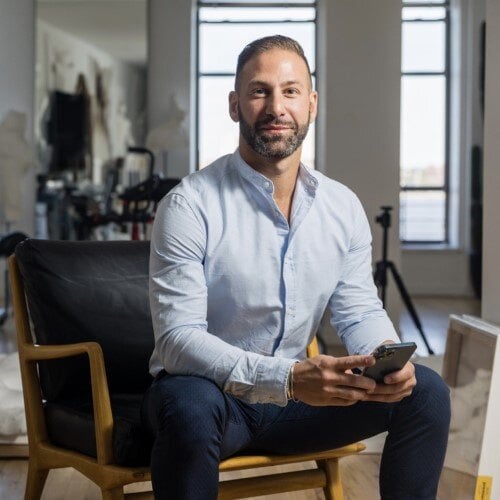
"The course overview was very well organized, and the practical examples provided by Andrew offered a genuine insight into the art field. It was valuable to see his perspective from a corporate point of view. Alex also clarified key points in a very concise and insightful manner—both were a great match, as their patience and clarity played a vital role in the class."

"This is somewhat of a niche topic that really there isn’t much information on and it’s sporadic where there is. Having everything all grouped together and taught by a professional in an extremely respectable gallery is shockingly a big deal to me. Thank you. It ironically came at a perfect time for me.. it felt like the universe put this in my path - and I remember just weeks ago I unfortunately felt a lot of imposter syndrome walking into this new path in my career and this class pretty much single handedly has me hopeful, feeling prepared, and feeling like yes, I do have the experience, I do have enough knowledge, and I can figure this out and make it happen."
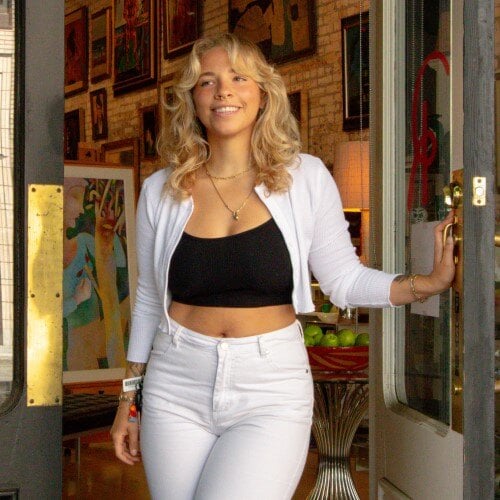
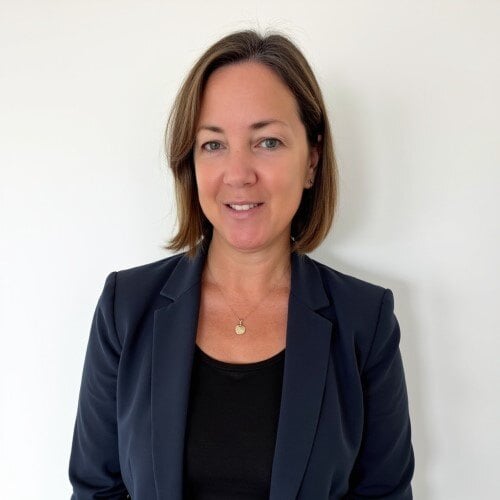
"It was very comprehensive - amazing month and a half !! THANK YOU so much. Also want to thank ELVTR - this was a very well put together course."

"This course has been such an eye opening experience. Covering all the aspects towards being successful in Gallery Management. Providing all the tools and complete structure of the Art world and community. Andrew and his team are incredible! A world renowned Master Class of learning."

"Andrew was incredibly generous with his time—he offered office hours and stayed after class to answer questions, showing a genuine commitment to supporting students. He never spoke from a place of superiority; instead, he consistently approached the course from the students' perspective. His sessions weren’t just dry presentations of slide decks—he created an engaging, dialogue-based environment where live questions were welcomed. During our 1-on-1 as well, he was personable and intentional about building relationships, making each student feel seen and cared for.
The best thing about this course is being able to hear directly from the instructor, who has hands-on experience at a mega-gallery and shares real insights into his day-to-day work. It’s also incredibly valuable to learn from other participants—some of whom work at galleries or are artists themselves—as they bring diverse perspectives and experiences to the discussions."

"Andrew's depth of knowledge and experience shine through. He is clearly well prepared for every class session, and his thoughtful answers during the Q&A sessions are amazing. I feel this course is giving me real world information I'll be able to apply when I open my gallery in a few years."
"Besides the interesting and concisely communicated content of the lectures, I think the best thing is how the course has been designed for people with jobs and busy lives. It's nice to participate and tune in live when possible, but to have no pressure to attend every lecture or do every assignment makes it feel like the course is really integrated into my life and schedule, not a burden upon it."
"It's just such a wonderfully technical but personal look into the art world. The variety of thought presented to us in such an analytical and practical way, shows that we're truly learning from an expert. It's a large class, but there is so much time taken to connect with students. I was a novice to this space, and feel as if this has been a wonderful deep dive that I couldn't have gotten anywhere else. My interest has been piqued in every lesson, I really want to commend Andrew for the course as well as all of the individual contributors."



